Many countries around the world have opted to fluoridate their water supply and recommend fluoridated toothpaste to their citizens. This has been a common practice in the United States since the 1950s, but lately, the safety and efficacy of fluoride have come into question. Is fluoride in toothpaste bad for you? What are the pros and cons of fluoride? How much fluoride is too much? Is it truly safe? Are there better alternatives?
Let’s dig into the latest research. Keep reading to learn more!
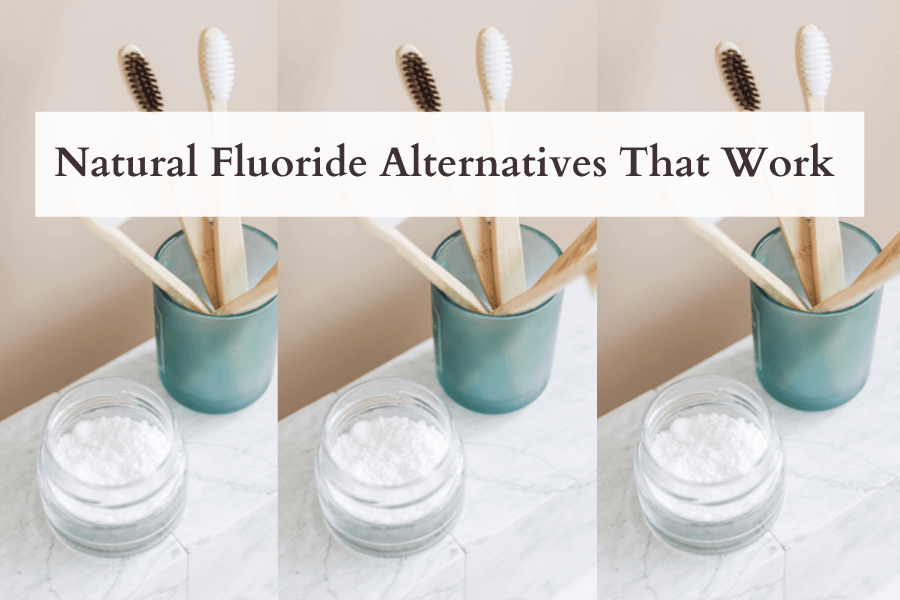
(Note: This article contains affiliate links, meaning In On Around will make a small commission at no additional cost to you. This helps me maintain the site. As always, I value full transparency & only work with brands I love and trust.)
What Is Fluoride?
Fluoride is a naturally occurring mineral that is derived from Fluorine’s reaction when it comes in contact with water. It’s naturally found in groundwater, rocks and in the oceans. Fluoride is the 13th most abundant element in the Earth’s crust! [1] Most fluoride that’s added to the public water supply is produced from phosphorite rock, but other forms are byproducts of the fertilizer and refining industries. Public health officials adopted the use of this mineral in public water supplies across America in the 1940s with the belief that it decreases tooth decay or dental caries (more on that later).
Fluoride is the 13th most abundant element in the Earth’s crust! [1]
There are many forms of fluoride, but the most common in toothpaste is sodium fluoride and stannous fluoride. Fluorosilicic acid, sodium fluorosilicate, and sodium fluoride are the most common forms added to water.
It’s traditionally found in toothpaste & the general water supply, however, fluoride hides in many other sources! It can also be found in some supplements (like trace mineral drops), medications, pesticides, and even in some conventionally-grown foods, like grapes, potatoes, shrimp, tea, and coffee.
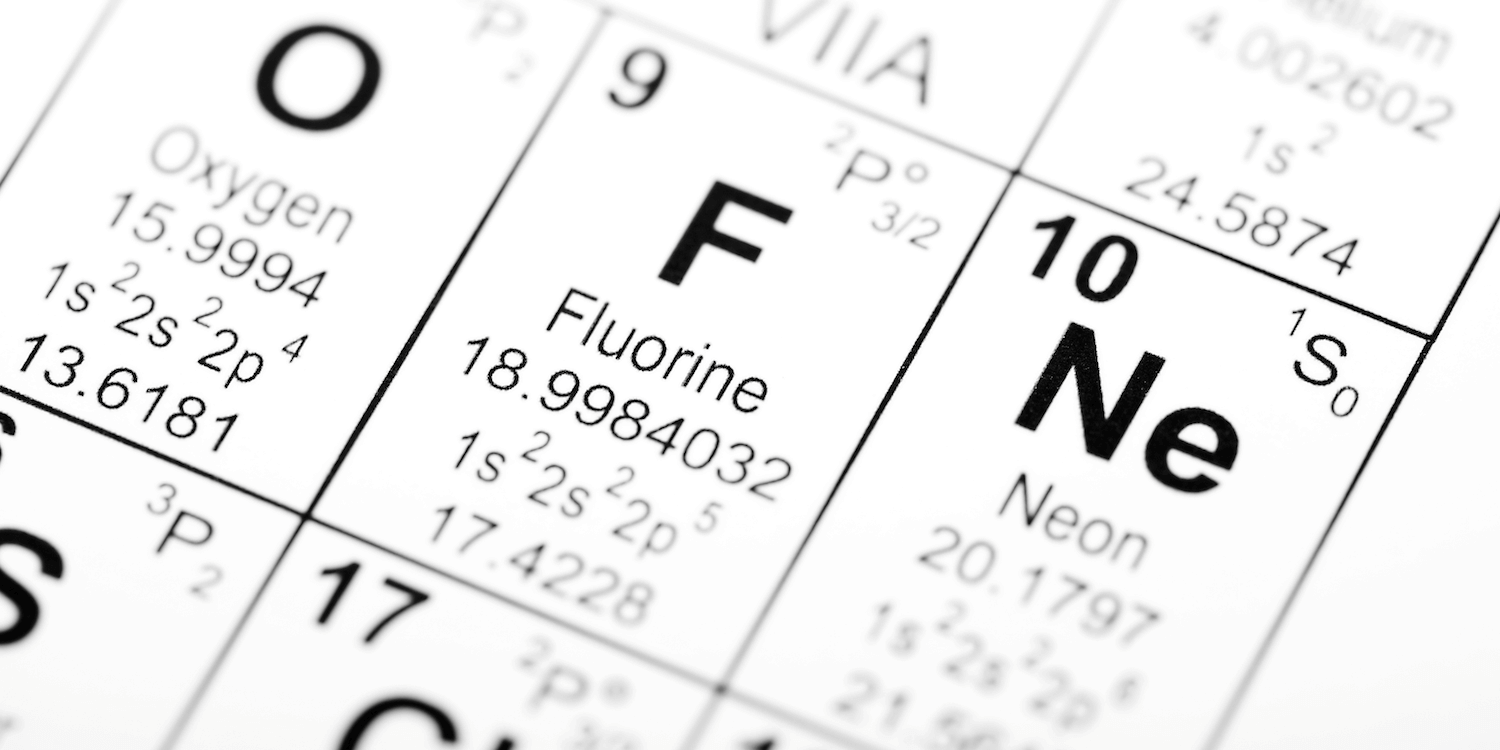
How Much Fluoride Is Recommended?
With the current American lifestyle, demineralization of teeth is commonplace. This means that when your teeth lose surface minerals, tooth decay (dental caries) can occur.
When using fluoride toothpaste, the American Dental Association (ADA) recommends using no more than just a pea-sized amount. [2] I don’t know about you… but from my experience, most people use waaaaaay more than a pea sized amount (and the CDC confirmed). [3, 4]
According to the ADA, which is the primary association that approves toothpaste, there is about 0.25 mg of fluoride in a pea-sized amount. About 1.3 mg is found in the typical amount used for one brushing their teeth. [5] They also say that “the optimal dose of fluoride is 0.05 mg per kilogram per day” – which is way less than what is found in a pea-sized amount of toothpaste.
If you turn over a fluoride toothpaste, you’ll come to find a large warning label claiming: “if you accidentally swallow more than used for brushing, get medical help or contact a Poison Control Center immediately.” Yikes.
… If our toothpaste is so “safe” and “healthy,” why is there a warning for a pea-sized amount?
What To Know About Fluoride:
A glass of unfiltered water contains about 0.7 mg. There are clearly no poison control warning signs for ingesting a glass of tap water. That recommendation recently decreased from 0.7-1.2 mg/L, which was issued in 1962. Now, they recommend only the low-end of that range at 0.7 mg.
73% of Americans have fluoride added to their water supply.
CDC
Need more of a reason to filter your community water? See this article: What To Look For In A Water Purifier Or Filter.
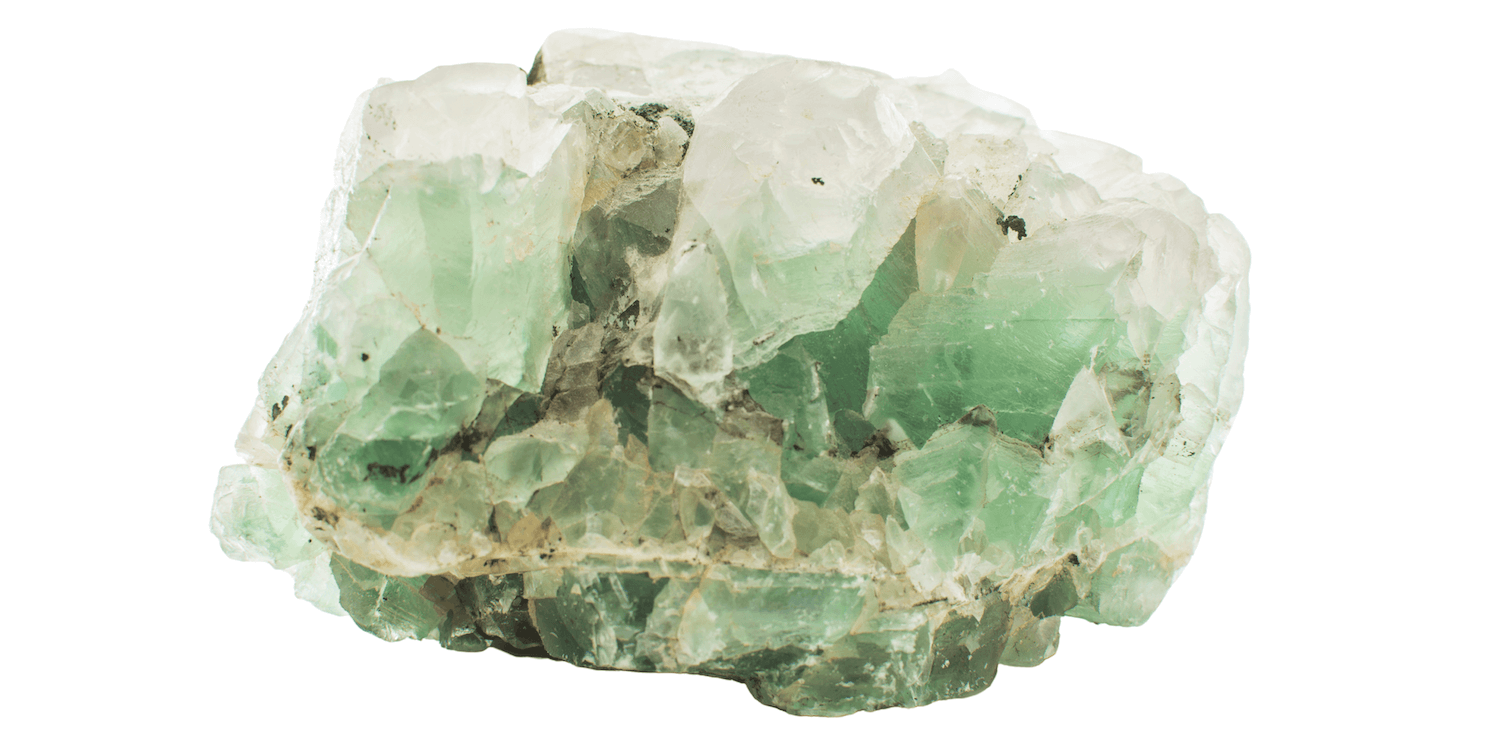
Is Fluoride Safe? The Cons Of Fluoride:
The efficacy of fluoride has been questioned. It has been potentially linked to:
- Interfering with the endocrine system & impairing brain function/calcifying the pineal gland (develops calcium spots) [6, 7]
- The pineal gland is absolutely essential for sleep regulation, hormone secretion, cardiovascular health, mood stabilization, anticancer effects, and more. [8, 9, 10, 11]
- This incredibly important gland has the highest calcification rate of any tissue throughout the human body. How this impacts our health long-term has not been studied extensively.
- Neurotoxic effects, like lowered IQ in children, especially when exposed during pregnancy [12, 13]
- Over 64 studies have shown that fluoride may be linked to neurotoxicity.
- Higher blood lead (BPb) levels [14]
- ADHD [15]
- Cancer, especially osteosarcoma in men
- Some controversial studies, like from Bassin et al. in 2006, have shown a 500-600% increased risk for osteosarcoma in young boys. Another study that was made to “disprove” Bassin’s study was poorly designed, weak, and ridden with conflicts of interest in the toothpaste & higher-education industry (the scientist was a paid consultant for many toothpaste & fluoride companies). [16, 17]
- Bone fractures, especially hip fractures [18]
- Underactive thyroid/hypothyroidism [19]
- According to some studies, for those who live in areas with fluoridated water hypothyroidism rates have doubled. [20]
- When you’re exposed to excess fluoride, you can suffer from dental fluorosis. The high concentrations of fluoride can cause staining, white spots, and streaking on teeth due to over-exposure.
Is the pro-fluoride research outdated? Well… that’s up for debate. Multiple red flags have been raised, yet it’s still called “one of the ten great public health achievements of the 20th century.”
Does Fluoride Protect Your Teeth From Decay? The Pros Of Fluoride:
Fluoride has been extensively studied throughout its use in tooth decay. There have been many studies that show its effectiveness in preventing cavities. Yes, fluoride works to prevent cavities to a point, but it is a low-dose poison. The CDC notes that fluoride is extremely toxic in high amounts to children and adults. [21] The CDC & ADA claim that fluoridated water decreases tooth decay by 18-25%. [22] This number decreased from 40-60% from previous claims. [23]
Note: if you’re using fluoride toothpaste, stannous fluoride is the form that has been shown to prevent tooth decay, not sodium fluoride. This is a common marketing misconception. Toothpastes with sodium fluoride can help prevent cavities, to a point, however they do not reduce plaque or gingivitis. [24]
However, there have been significant drops in tooth decay across the world, with or without the use of fluoride (you can thank general oral hygiene for that).
Do Other Countries Use Fluoride In Their Water?
America is one of the eleven countries in the world that provide over 50% fluoridated water. Most developed countries do not fluoridate their water supply. It’s added to about 10% of England’s water source, however, over 98% of Europe does not fluoridate their water. China, Japan, India & others also refuse to fluoridate, citing ethical, ecological, and human health concerns.
Most developed nations do not fluoridate their water supply.
Much like fluoridated water, fluoride toothpaste is the gold standard in the United States, but it’s not in many other countries.
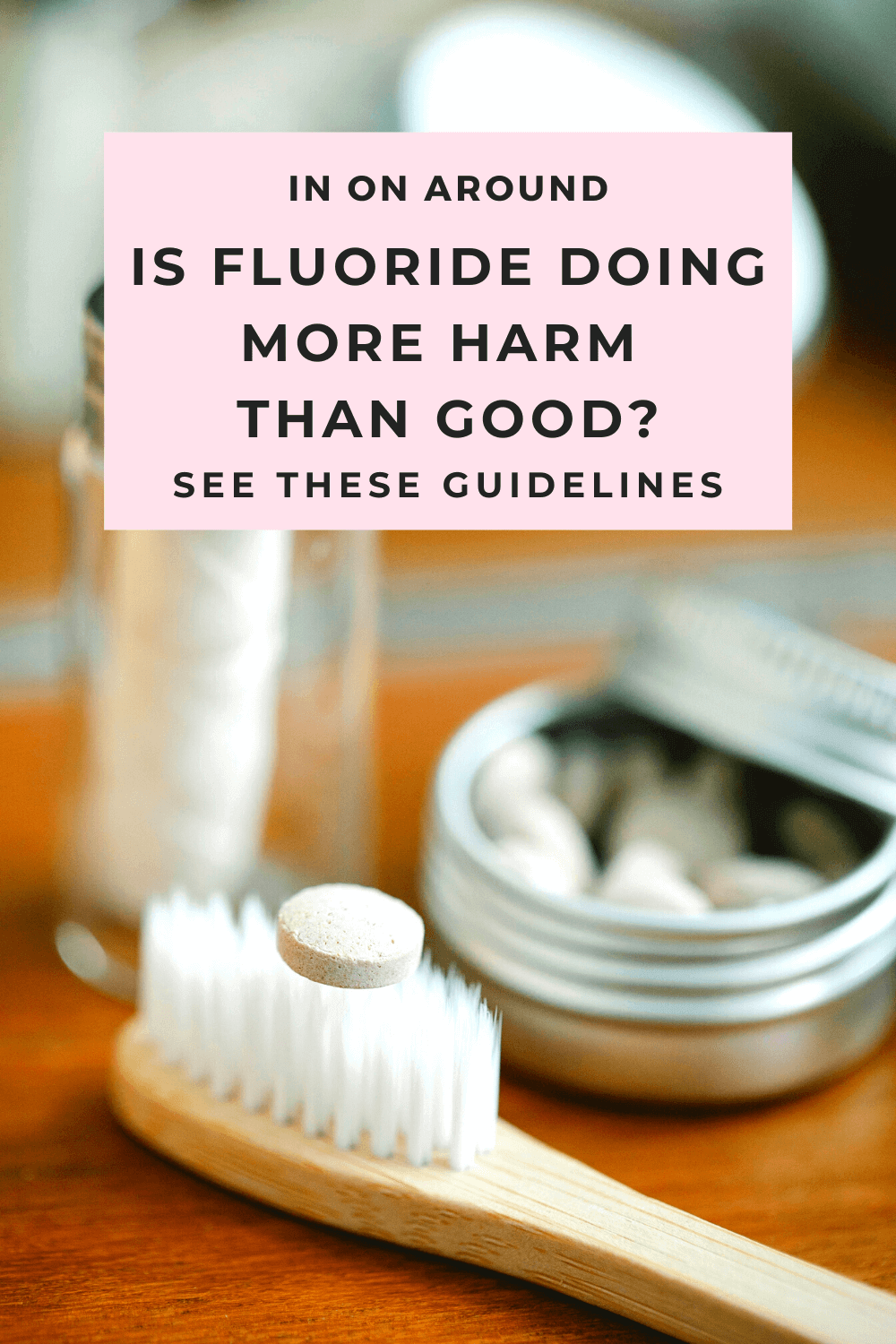
9 Ways To Reduce Your Fluoride Exposure
1 – Use a High-quality Water Filter, like AquaTru.
- Be sure to use filtered water for cooking/boiling as well! Boiling the water will not decrease fluoride content; in fact, it can increase fluoride content depending on the pot being used.
- Note: On their own, activated charcoal filters do not remove fluoride.
- No, bottled water is not free of fluoride either. As of 2016, the maximum level of fluoride allowed is 1.4 mg/L, or 0.8 mg/L if additional fluoride is added. [25] Unfiltered tap water, however, contains more fluoride on average. [26]
2 – Drink Tea Brands That Test For Fluoride
- If you’re a regular tea drinker, stick to high quality, vetted brands that test fluoride levels. My favorite: Pique Tea (coupon code: inonaround).
3 – Eat Organic
- Eat organic, fresh food and ditch the processed, packaged foods which can use unfiltered water.
4 – Use A Shower Filter
- Get a shower filter that reduces the amount of fluoride, like PureAction.
- While a minor route of exposure, having clean water, even for showering, is essential. [27]
5 – Decline Fluoride Gel At The Dentist
- Decline the fluoride gel treatments/varnish at the dentist (discuss with your doctor) or be very, very careful not to swallow any.
Learn more about alcohol here: What Is The Healthiest Alcoholic Drink?
6 – Skip or Limit Alcohol
- If you drink alcohol, buy the organic wine over the conventional.
- Many vineyards use a fluoride pesticide (cryolite) to maintain their growing grapes.
7 – Ditch Non-Stick Pans
- Ditch the non-stick cooking pans
Learn more about cookware: Ceramic vs Stainless Steel Cookware – Non-Toxic Guide
8 – Research Your Medications
- Do your research on what medications you’re taking. Many pharmaceuticals can be fluorinated (of course, discuss these concerns with your doctor).
9 – Avoid Fluoridated Salts
- Avoid using fluoridated salts, which can be found in some European markets like Austria, France, Germany, Italy & more. [30]
Learn more about salt: What Are The Healthiest Salt Brands?
What Are Safer, Natural Alternatives To Fluoride?
While this may go against what you’ve been traditionally taught… you don’t need fluoride to prevent cavities. Please welcome: Hydroxyapatite.
Hydroxyapatite has been the gold standard for cavity prevention for over 40 years in Japan and other developed nations. Hydroxyapatite comes with a long list of potential health benefits.
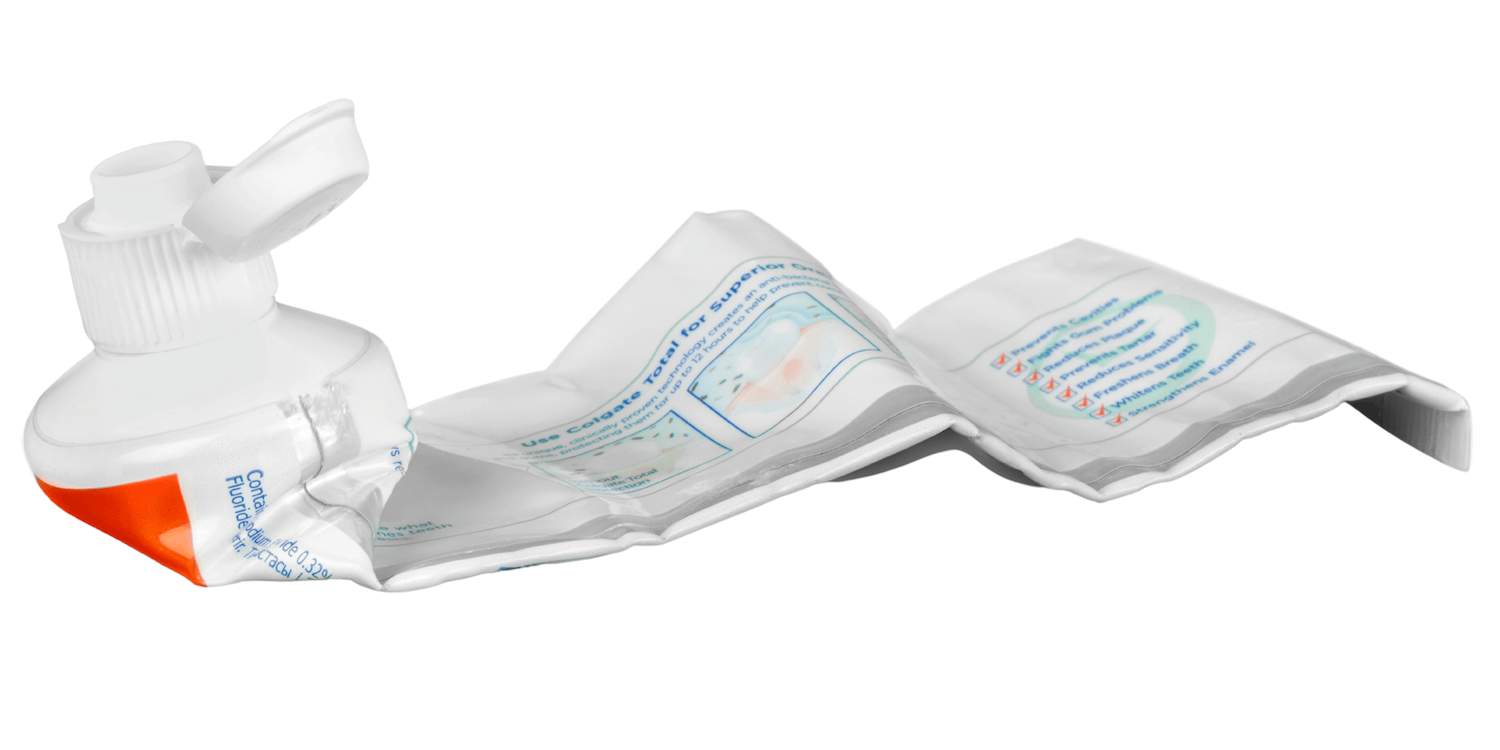
Is Hydroxyapatite Safe?
Even though it has a long, intimidating name, hydroxyapatite is a form of calcium apatite or calcium phosphate. It is the mineral that makes up our teeth and bones.
Hydroxyapatite makes up over 90% of the foundation of your tooth’s enamel and 60% of our bones.
Nopokids
It’s becoming an increasingly popular form of toothpaste – and for good reason!
Hydroxyapatite has been potentially shown to:
- Repair & prevent cavities by making it more resistant to plaque [31]
- Reduce tooth sensitivity by strengthening the enamel [32, 33]
- Dental implants or dental products are more effectively implanted when coated with hydroxyapatite [34]
… and guess what: hydroxyapatite has been shown to be equally effective as fluoride. [35]
With the use of hydroxyapatite, you can help prevent cavities and actually heal current ones by remineralizing the teeth. Plus, there is no concern that it will negatively impact your brain or health in other ways! There are little to no side effects with hydroxyapatite. [36]
What You Should Look For In A Toothpaste
Update 5/20/22: After researching more about SCCS’s study, out of precaution, I no longer recommend nano-hydroxyapatite. Look for non-nano hydroxyapatite only.
- Avoid unnecessary harmful additives, like sodium benzoate and dyes
- Look for non-nano hydroxyapatite [37]
- The brand must clarify if it’s non-nano or nano – if it’s just marketed as “hydroxyapatite,” it can be nano. Companies are not required to disclose what form of hydroxyapatite they’re using (large particle, microcrystalline, or nano).
- Needle nano-hydroxyapatite is especially concerning.
- The studies on nanotechnology are controversial and concerning. It’s best to avoid all forms of nano-particles until further research is conducted.
- Avoid charcoal toothpaste, since they are abrasive and can wear down your enamel.
- Look for well-respected and trusted transparent brands
- Non-nano hydroxyapatite toothpaste: RiseWell (code “inonaround” for 10% off)
- PFAS-free flosses: Desert Essence
- Mouthwash, which uses tea tree oil: RiseWell (code “inonaround” for 10% off)
14 Tips To Promote Oral Health Without Fluoride
- Brush your teeth at least twice a day and floss your teeth daily to reduce plaque buildup (… of course, a no-brainer)
- Nothing beats having a strong oral hygiene routine!
- If you’re not flossing, you’re missing about 40% of your tooth surfaces (… gross).
- Make sure you’re using gentle bristles only (not rubber bristles or very harsh bristles). Don’t brush abrasively.
- After brushing your teeth with hydroxyapatite toothpaste, don’t rinse your mouth out.
- Allowing the hydroxyapatite to remain on your teeth can potentially improve its effectiveness on tooth decay and whitening.
- Use a natural mouthwash that kills the bad bacteria in the mouth (which contributes to bad breath), without harming the good bacteria.
- Take an oral probiotic mint, like Hyperbiotics, and incorporate gut-loving, fermented foods
- [Read more about fermented foods here: Plant-Based, Gut-Healing Fermented Foods That You Need To Add To Your Diet]
- Pull with coconut oil
- [Read more about oil pulling here: The Ancient Therapy You Should Do Daily – Oil Pulling]
- Some people also prefer adding in a drop or two of organic oil of oregano while oil pulling. Oil of oregano has strong natural antiseptic properties, which can potentially slow the growth of cavities.
- Great products for oil pulling: Organic Coconut Oil or Terra & Co
- Eat a low-inflammatory, predominantly plant-based diet
- Periodontal diseases are inflammatory – you want to limit inflammation in the body as much as possible. [38]
- [Read more about an anti-inflammatory diet here: How To Eat An Anti Inflammatory Diet]
- Ditching highly-acidic, sugar foods & drinks will also help prevent wearing down your enamel.
- The frequency of consumed sugar has just as much, if not more, of an impact on tooth demineralization than the amount of sugar consumed. [39]
- Our teeth can naturally re-mineralize under proper conditions.
- Chew xylitol, sugar-free gum
- Xylitol, which is a natural sugar alcohol, has been shown to inhibit bacterial growth. [40]
- Maintain a healthy weight
- Research has shown that periodontal disease is 3.1 – 5.3 more likely to take place in people who are overweight. Periodontitis is also increased amongst those with diabetes. There are also links between periodontitis and cardiovascular disease, specifically due to higher levels of inflammation. [41, 42]
- Drink green tea and matcha daily
- [Read more about green tea here: Green Tea: 15 Reasons Why You Should Be Drinking It Multiple Times A Day]
- Chew on licorice root or neem bark
- These are naturally anti-microbial and can prevent cavities (… but the root doesn’t taste like the candy). [43]
- If you’re drinking sugary or highly-acidic drinks, use a glass straw to bypass your teeth.
- Stick to water where you can – your body will thank you!
- Make sure your diet is well-balanced and full of the necessary vitamins & minerals, especially Vitamin D and Calcium! [44, 45]
- Incorporating a whole-foods based, high quality supplement can help bridge any gaps too, like Garden of Life’s Multivitamin. Remember: you can’t out-supplement a bad diet.
- Visit a holistic dentist. Holistic dental care provides a more natural, alternative approach to cavity prevention. You can find a holistic dentist on the Holistic Dental Association website.
Frequently Asked Questions – Is Fluoride Really Bad For You?
Click on the below FAQs to learn more about the pros and cons of fluoride!
What is fluoride?
How much fluoride should you use daily?
Do other countries fluoridate your water?
What is hydroxyapatite?
What did you learn from this article?
All in all, fluoride may be good for your teeth, but it may not be good for other important parts of your body (like your brain). With all things, it’s important to weigh the pros and cons. Personally, I avoid fluoride where I can and opt for safer, effective options like hydroxyapatite. If you insist on using fluoride toothpaste, use absolutely no more than a pea-sized amount and do not swallow any residue (which is nearly impossible).
Let me know in the comments below! You can watch our web story here.
What do you think about the pros and cons of fluoride? Please rate & review this article – I’d appreciate it!
xoxo,

Want to read more? Check out my other articles here!
“The Pros And Cons Of Fluoride” information from: American Dental Association, NIH, Botanical Medicine, Dental Health Today, Okamoto, Carifree, Nopokids, Analytical Technology, Newsweek, Fluoride Alert, Oral Answers, Healthline, Harvard Crimson, Nippon, Mouth Healthy, Scientific Committee On Consumer Safety, Bubble And Bee, Nature
Copyright In On Around LLC 2021 ©. The statements made on this website have not been evaluated by the FDA (U.S. Food & Drug Administration). They are not intended to diagnose, treat, cure, or prevent any disease. The information provided by this website should not be used as individual medical advice and you should always consult your doctor for individual recommendations and treatment.

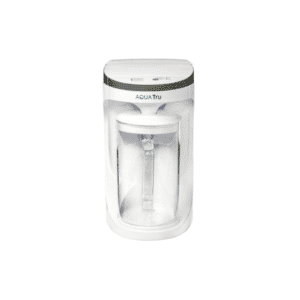
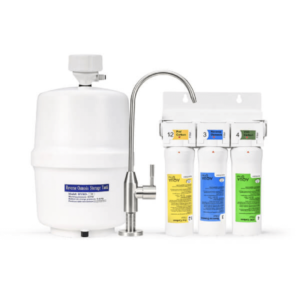

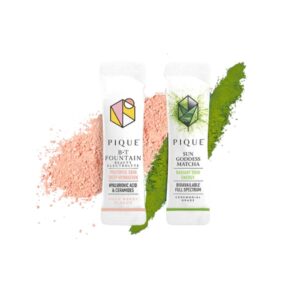
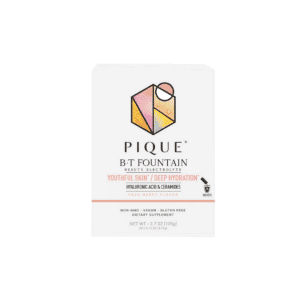

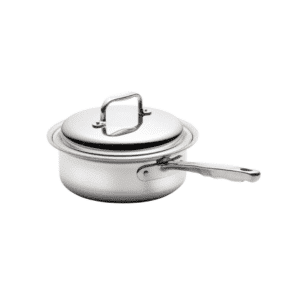
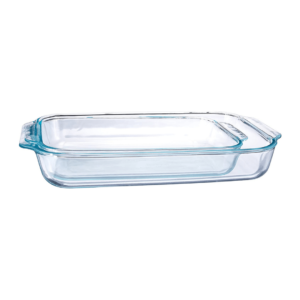
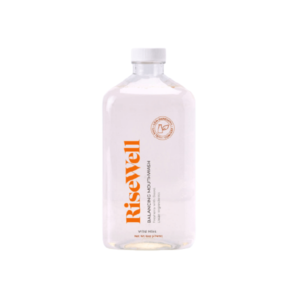

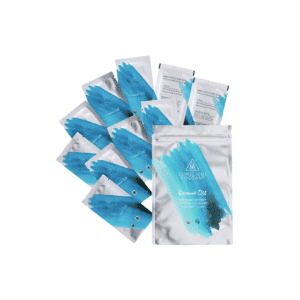
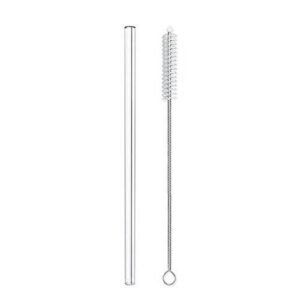



4 Responses
This was packed with so much good info! Well done!
Thank you so much, Becca! I appreciate your support!
This was extremely eye opening and informative!!!! Thank you so much!
Thank you so much! I’m so glad it was informative. Feel free to reach out with any questions!